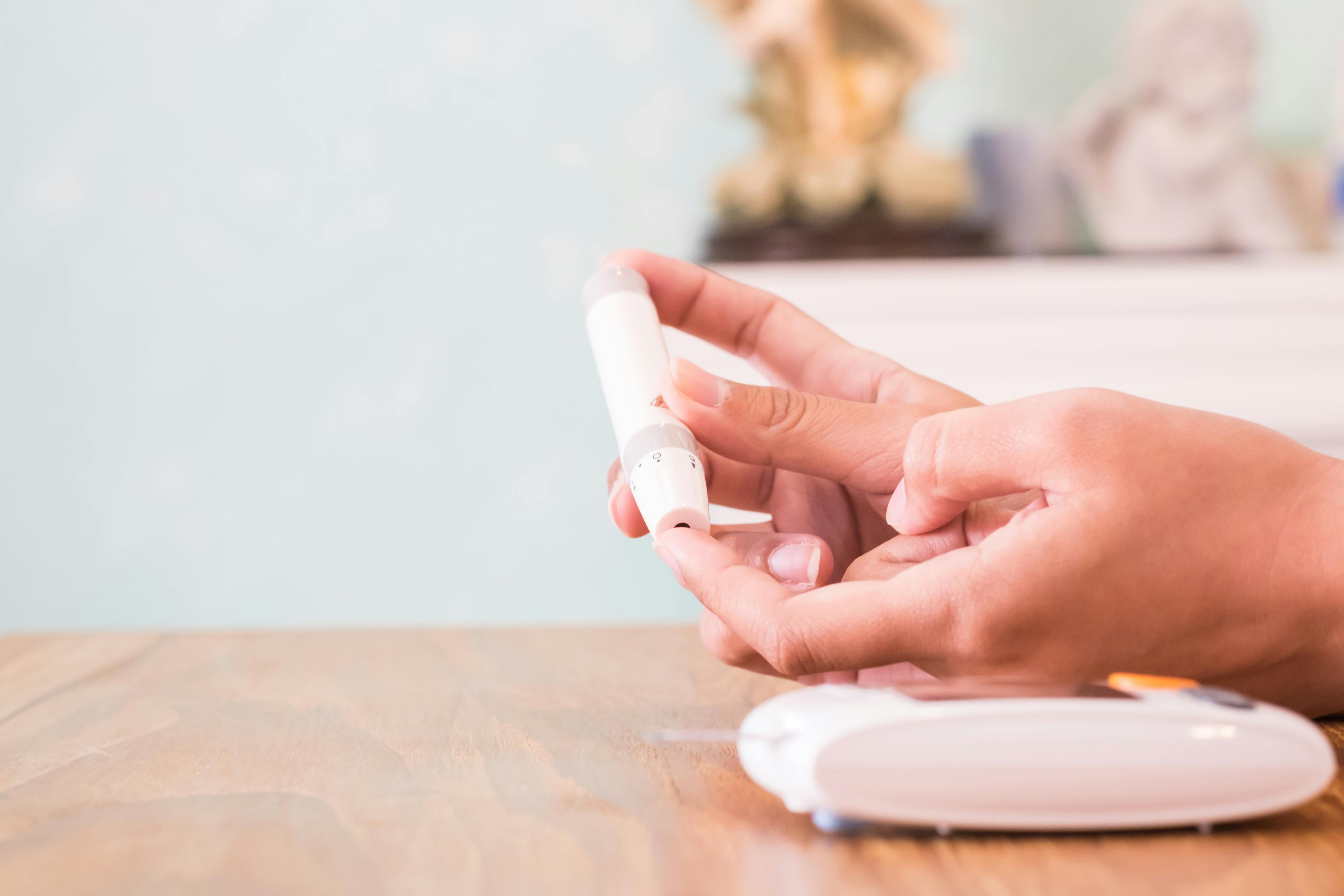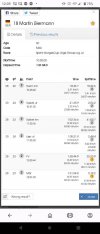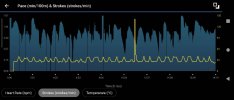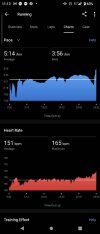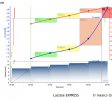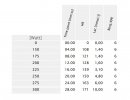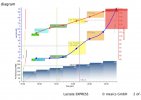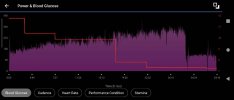SimonP78
Well-Known Member
Wow, that is a lot of carbs! I've not read that book in particular, though I have read some of his articles and other things on training the gut and recommendations on carbs per hour. 60g/h would probably be calorifically balanced for my riding, and while I could probably eat that much if I tried, I'm not sure I could do it for 10h straight without fail, nor carry enough with me without it all being in the form of gels or drinks, which again aren't great over long durations (at least for me without the hassle of training my gut.)
Really interesting to know what you're consuming though, I can now understand why you have the pre-event bolus.
Regarding salt loss, I used to get cramp quite a lot, I still get it sometimes though much less.
I used to take a bottle with water and a bottle with a hydration tab for 4h+ rides, but when warm and after a fair few hours it's sometimes not really what I want to drink and may be all that I have left. I read an article pointing out that sweat is hypotonic (i.e. has less salt per unit volume than blood), so when you sweat though you lose some salts, you end up with a higher concentration in the blood than you previously had. I'd not really thought about it, but it does mean that you don't need an isotonic drink to rehydrate, which is why I've switched to trying to get my salt from food and just drinking plain water. I do still take a couple of tabs with me just in case I get persistent cramp so I can make up a small bottle.
Really interesting to know what you're consuming though, I can now understand why you have the pre-event bolus.
Regarding salt loss, I used to get cramp quite a lot, I still get it sometimes though much less.
I used to take a bottle with water and a bottle with a hydration tab for 4h+ rides, but when warm and after a fair few hours it's sometimes not really what I want to drink and may be all that I have left. I read an article pointing out that sweat is hypotonic (i.e. has less salt per unit volume than blood), so when you sweat though you lose some salts, you end up with a higher concentration in the blood than you previously had. I'd not really thought about it, but it does mean that you don't need an isotonic drink to rehydrate, which is why I've switched to trying to get my salt from food and just drinking plain water. I do still take a couple of tabs with me just in case I get persistent cramp so I can make up a small bottle.




